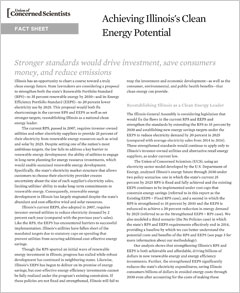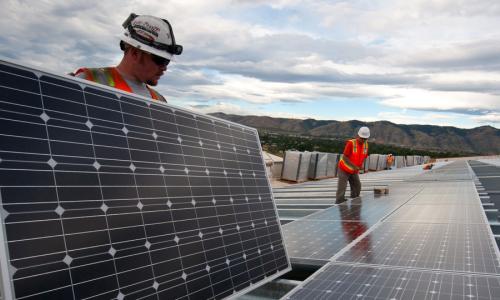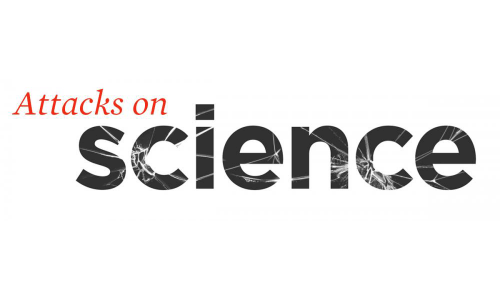In 2007 Illinois established itself as a national clean energy leader when it passed a renewable portfolio standard (RPS) and an energy efficiency portfolio standard (EEPS) requiring investor-owned utilities to supply 25 percent of their electricity from renewable energy resources by 2025 and achieve annual reductions in energy demand equal to two percent of the previous year’s sales.
But progress toward meeting the RPS and EEPS targets has been hampered by flaws in the policies. For example, problems in the current RPS law have limited long-term planning of energy resource investments that would enable sustained renewable energy development. Consequently, renewable energy development in Illinois has largely stagnated.
Additionally, the energy efficiency standard has encountered barriers to successful implementation. Illinois utilities have fallen short of the mandated energy savings targets because state law limits utility spending on measures that will reduce energy consumption even when they would provide net benefits to consumers.
But now Illinois has an opportunity to reclaim its position as a clean energy leader by not only fixing the existing RPS and EEPS, but also by strengthening them to require that 35 percent of the state’s electricity comes from renewable sources by 2030 and that utilities achieve energy efficiency savings to reduce the state’s energy demand by 20 percent over the next decade. A strengthened RPS and EEPS would drive significant investments in Illinois’s clean energy resources while simultaneously reducing consumer spending on energy, providing a win-win for Illinois.
Billions in new clean energy investment and consumer savings
Fixing and strengthening Illinois’ RPS and EEPS to achieve 35 percent renewable energy by 2030 and a 20 percent reduction in energy demand by 2025 would:
- Drive $23 billion in clean energy investments in Illinois, with $6.3 billion in renewable energy investments and $16.7 billion in energy efficiency investment by 2030.
- Build more than 5,200 megawatts of new wind and solar power capacity in Illinois by 2030.
- Generate $12.1 billion in consumer electricity savings between 2015 and 2030.
-
Reduce the typical residential consumer electricity bill by 11 percent, or $10 per month in 2020, with savings increasing to 23 percent, or $22 per month, in 2030. - Inject more than $200 million annually into Illinois’s economy, through renewable energy operating and maintenance expenditures, lease payments to landowners who host wind farms, and tax revenue to local governments.
- Deliver important environmental and public health benefits by achieving a 9 percent reduction in carbon pollution and lower emissions of pollutants associated with lung disease, asthma, and other respiratory ailments.
- Achieve all these benefits despite a 7.7 percent average rise in electricity rates between 2015 and 2030, because lower bills from energy efficiency savings will far outweigh higher electricity prices.
Affordably driving clean energy investments
With a strengthened RPS and EEPS Illinois can cost-effectively renew its commitment to clean energy.
Combining a strong commitment to energy efficiency with a robust, predictable market for renewable energy development spurs economic growth, diversifies the state’s electricity mix with clean energy resources, cuts pollution, and provides consumers with significant savings.






